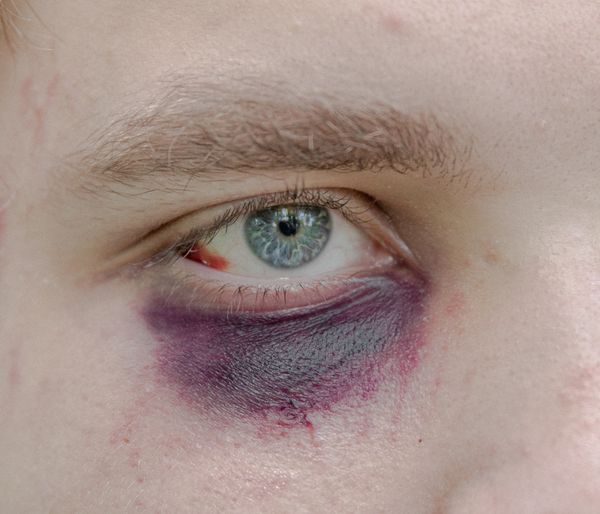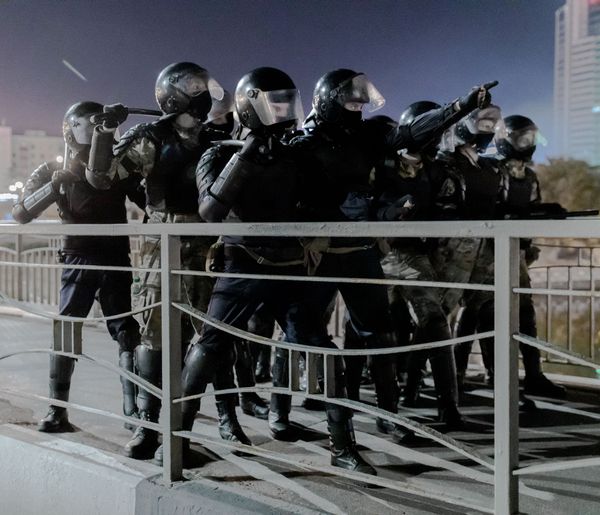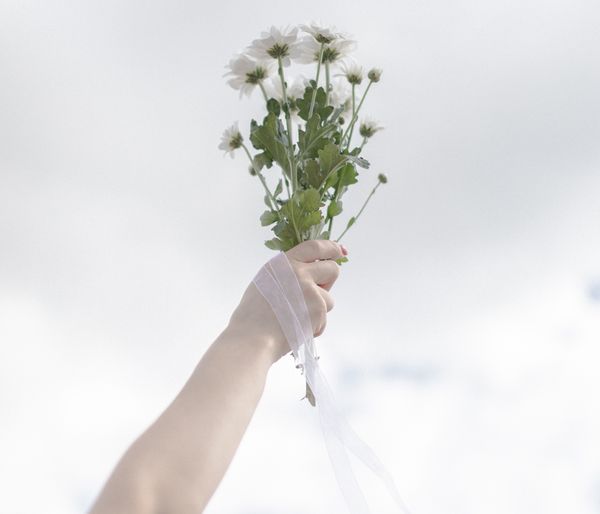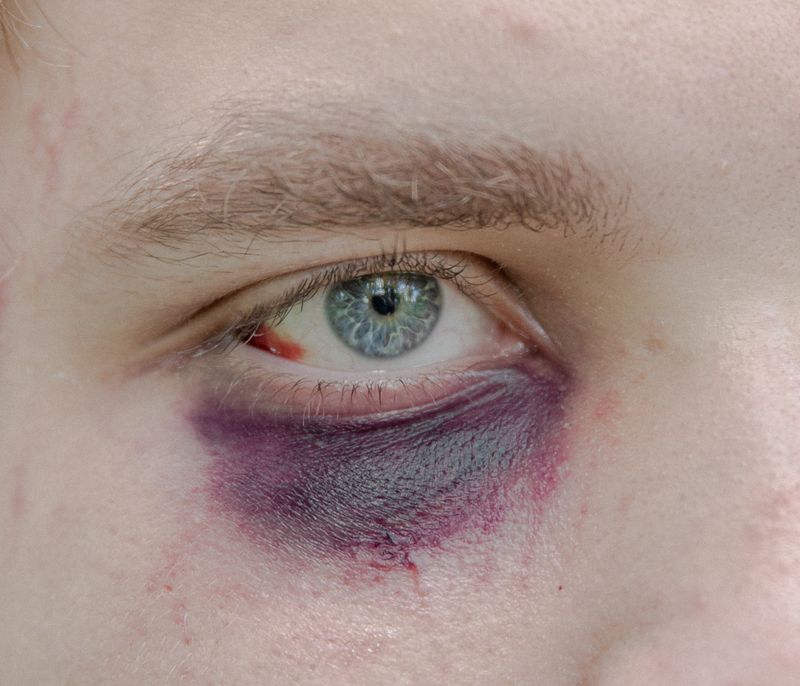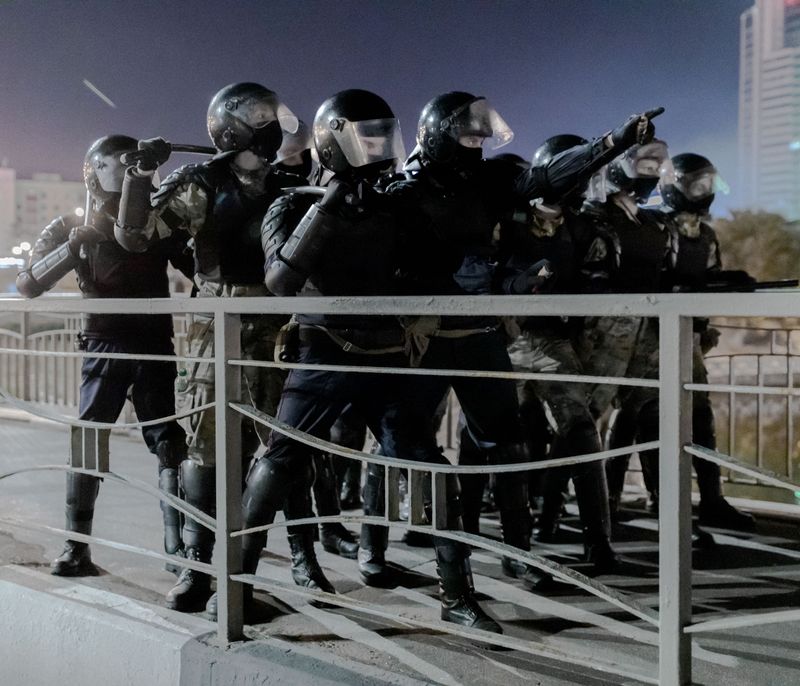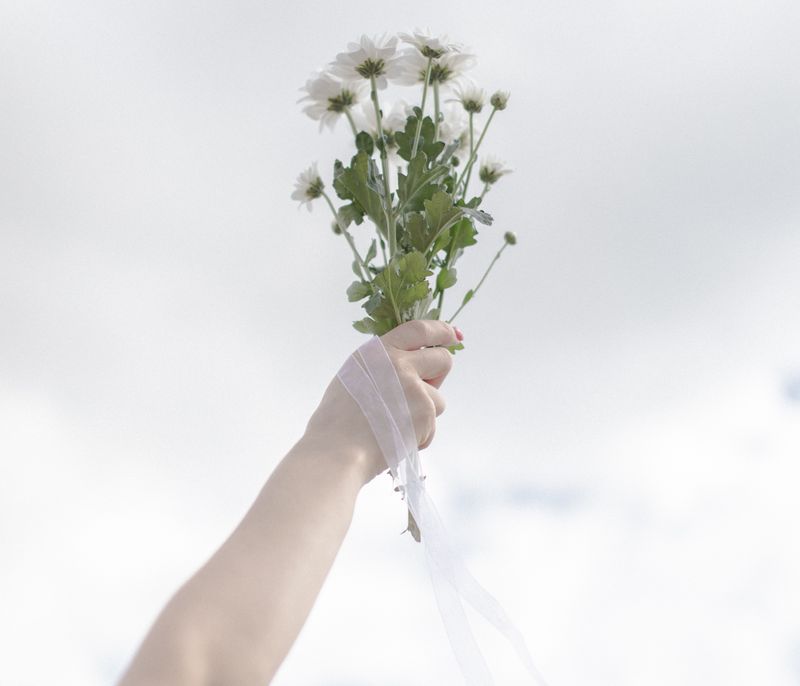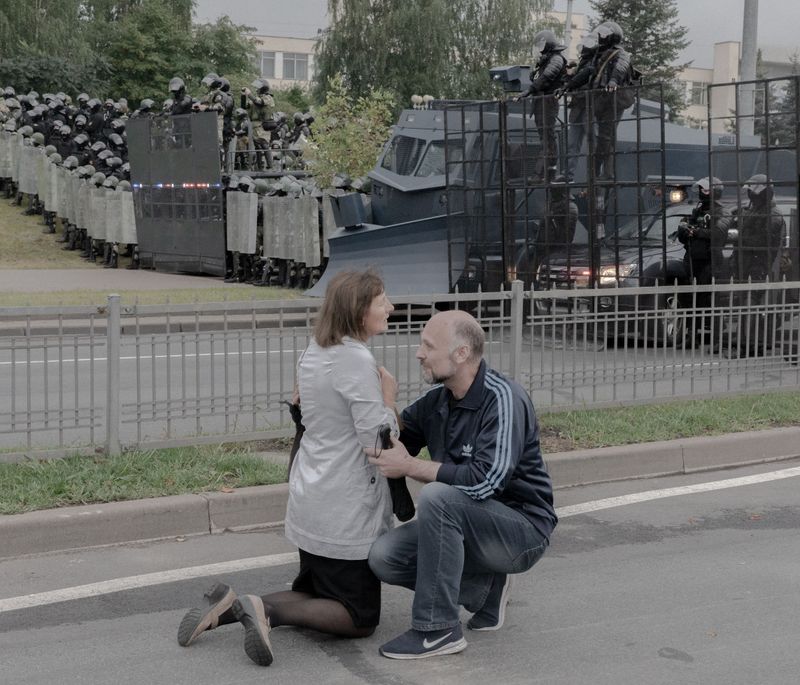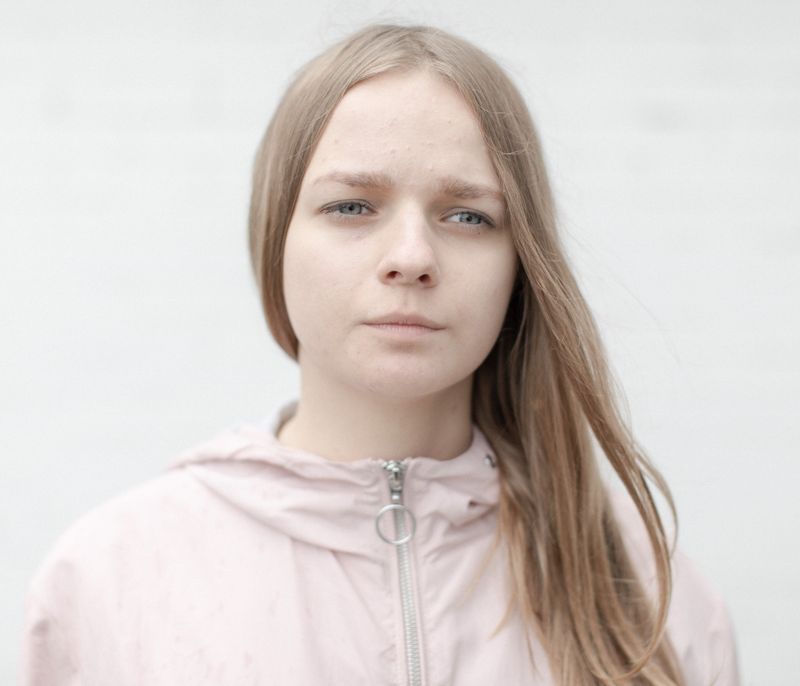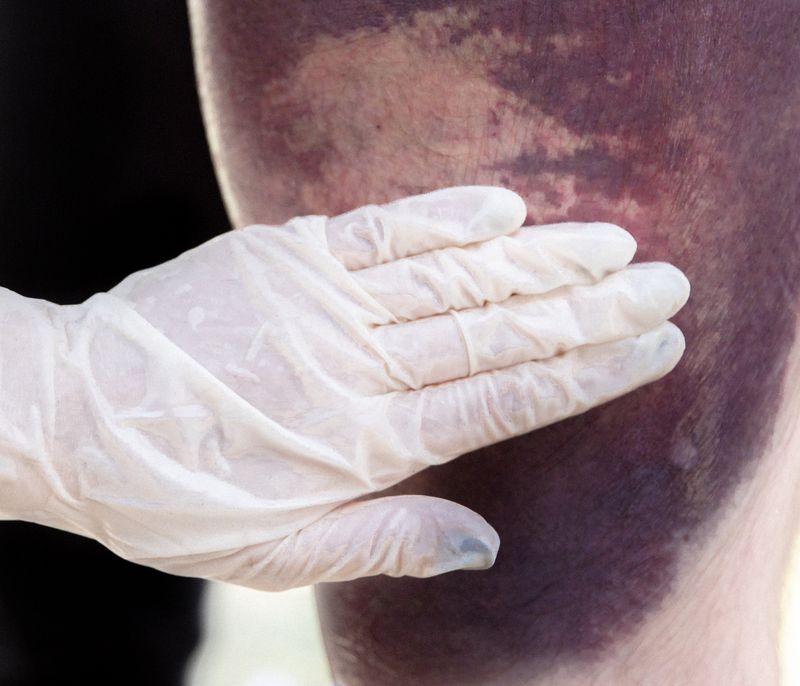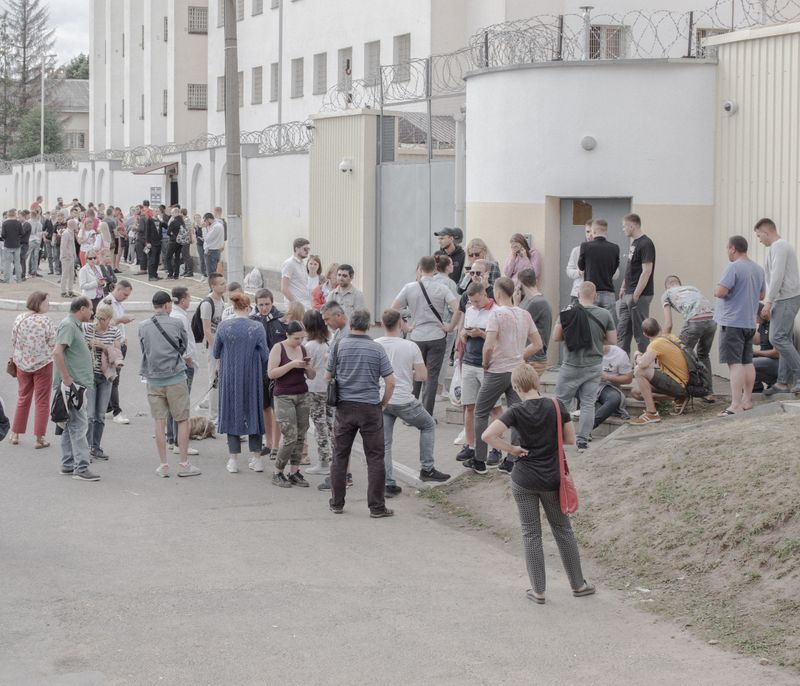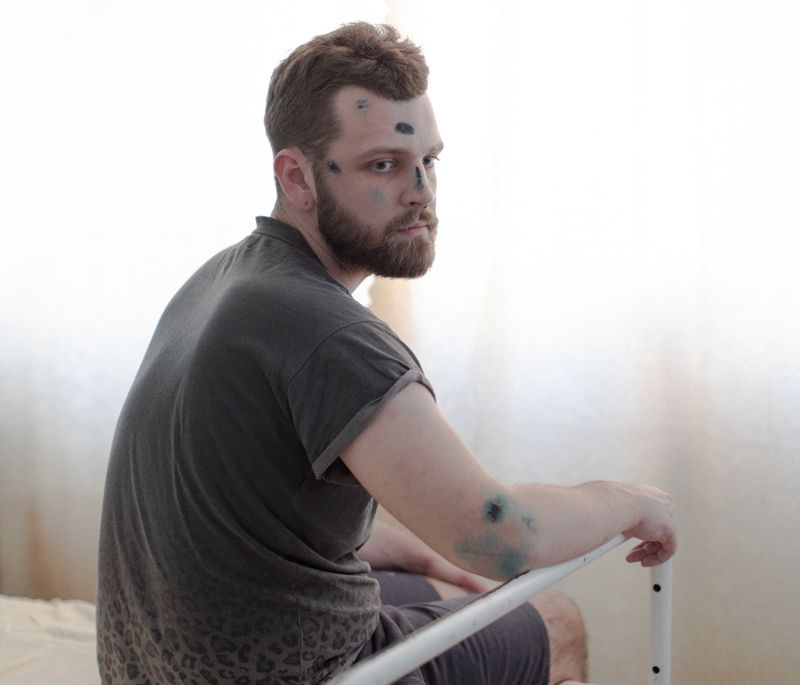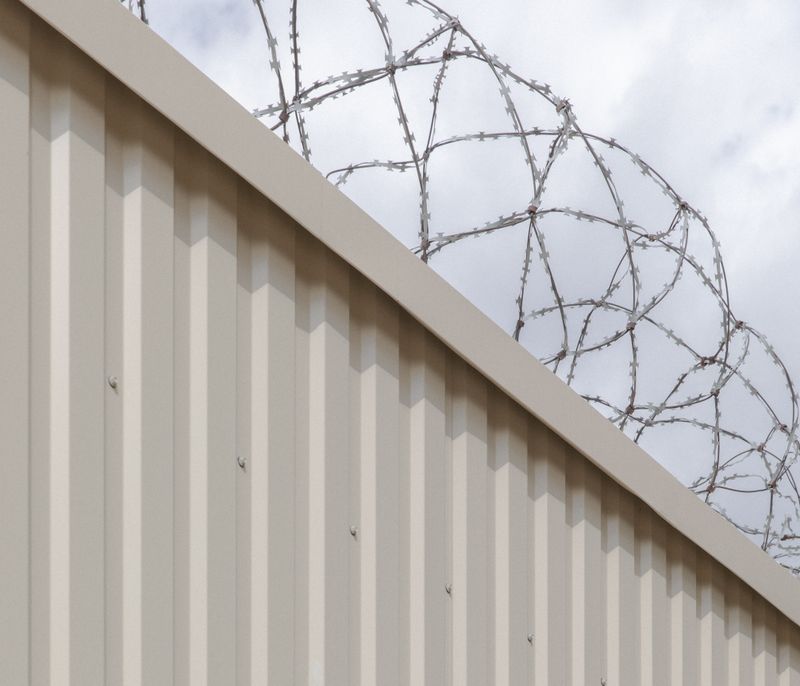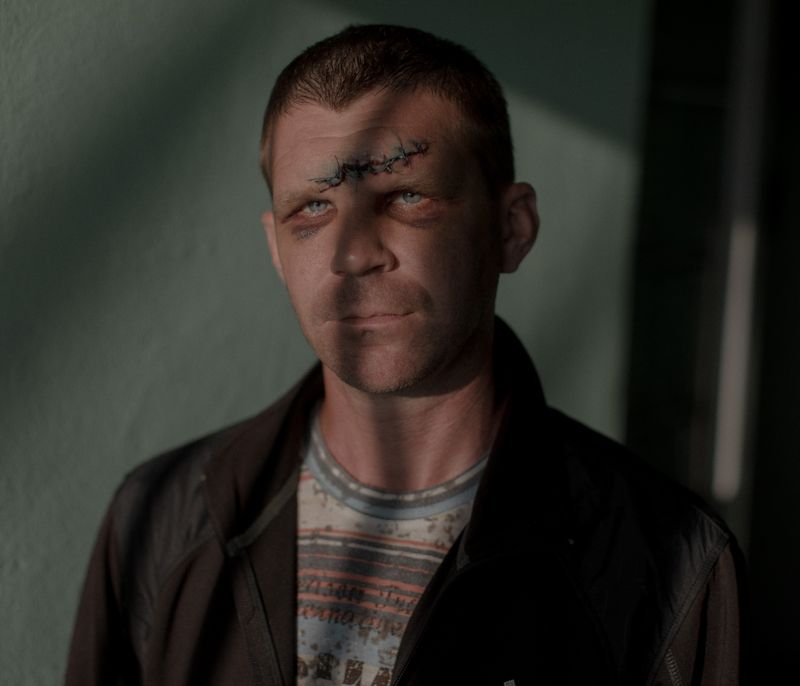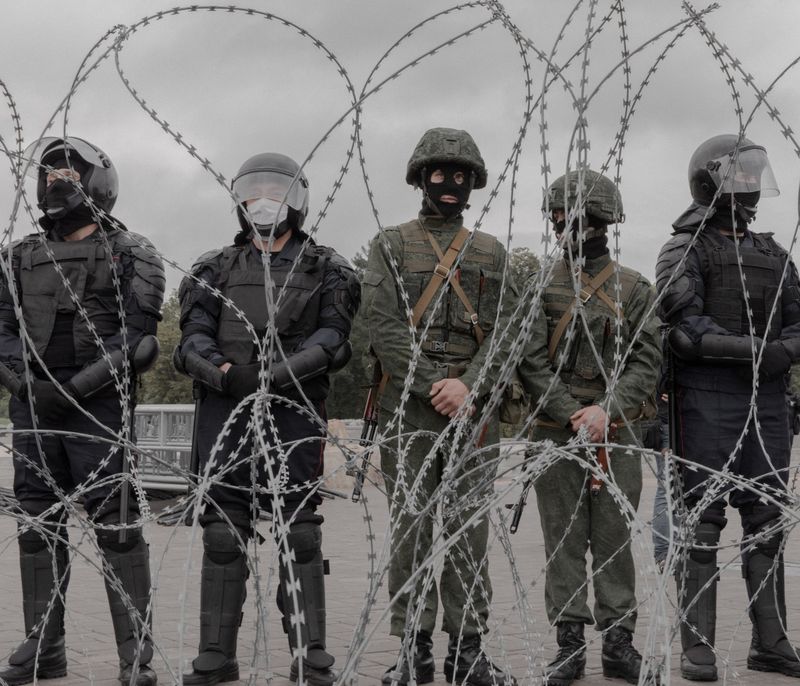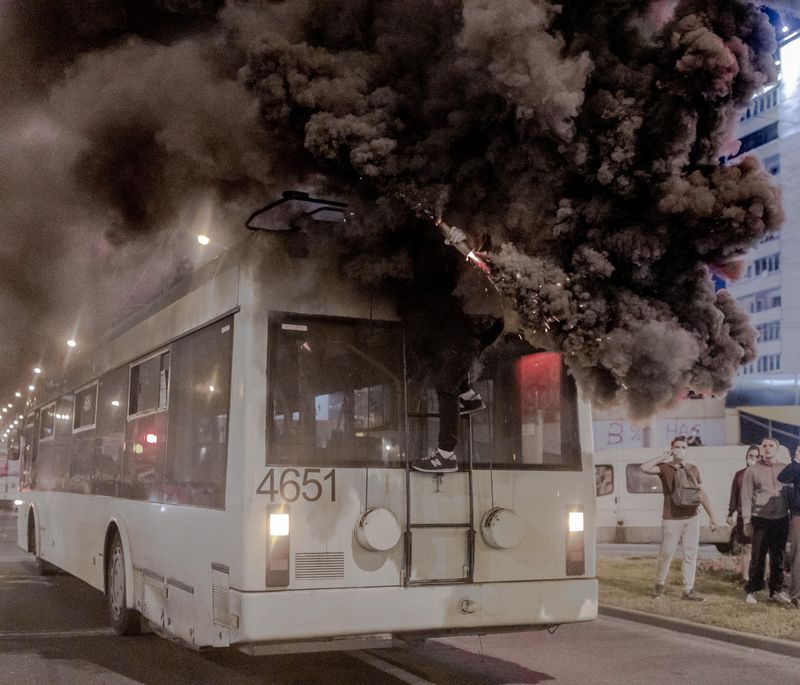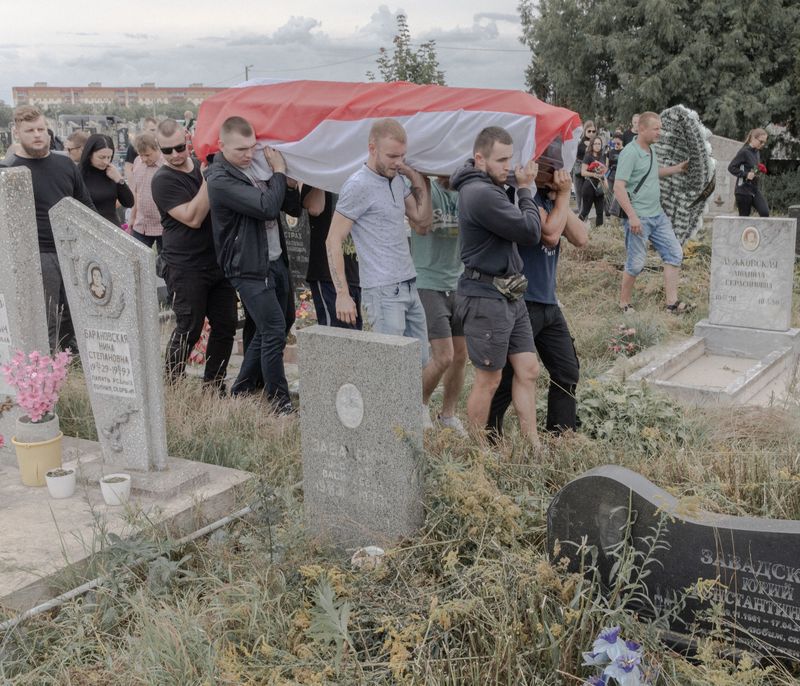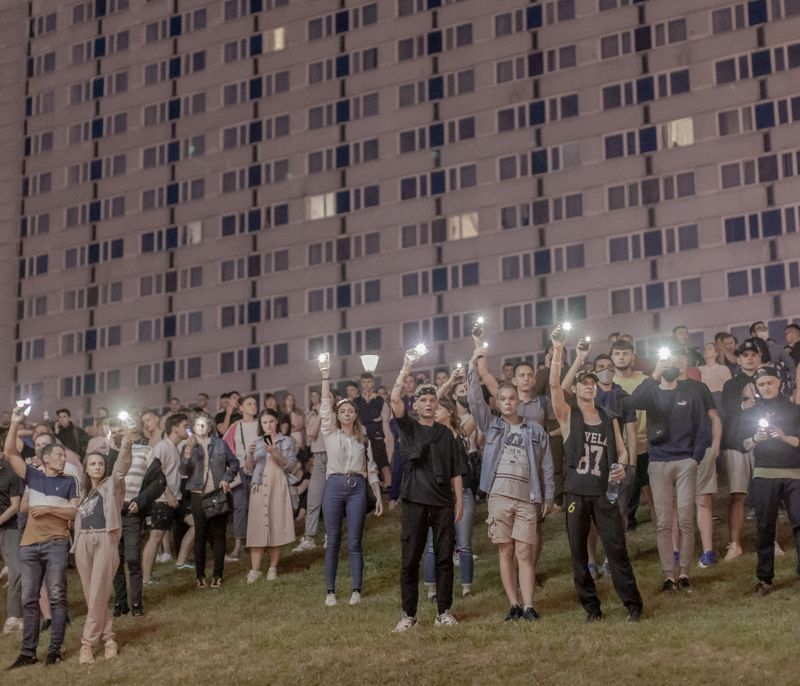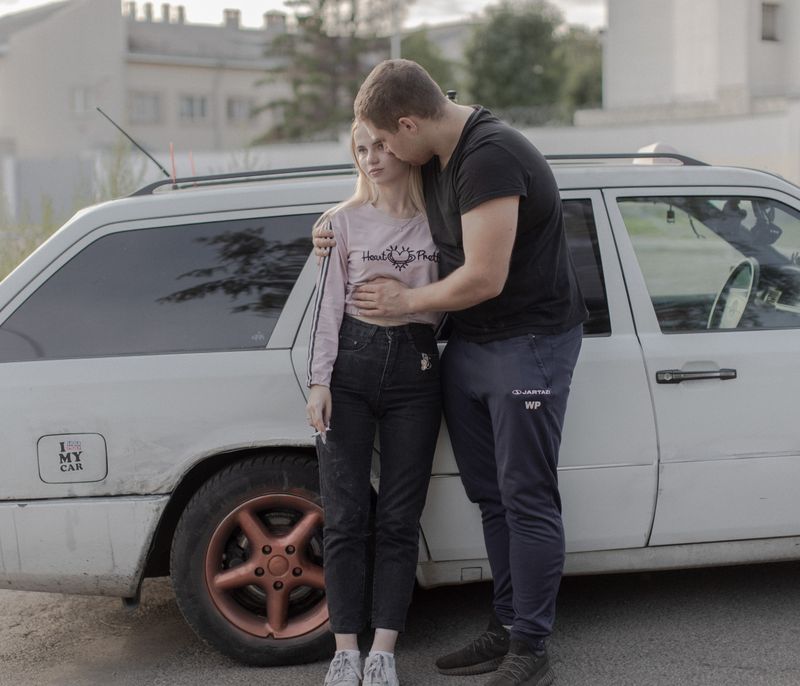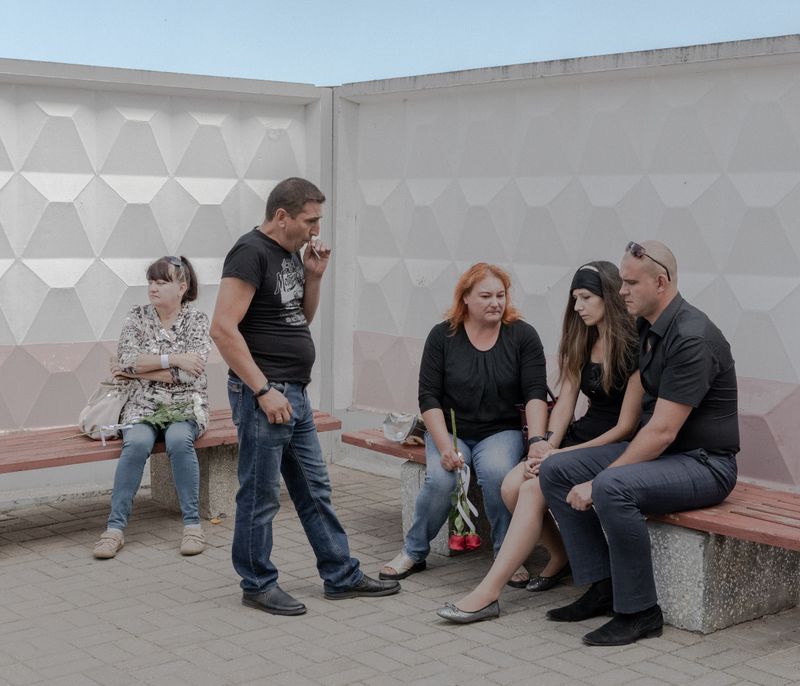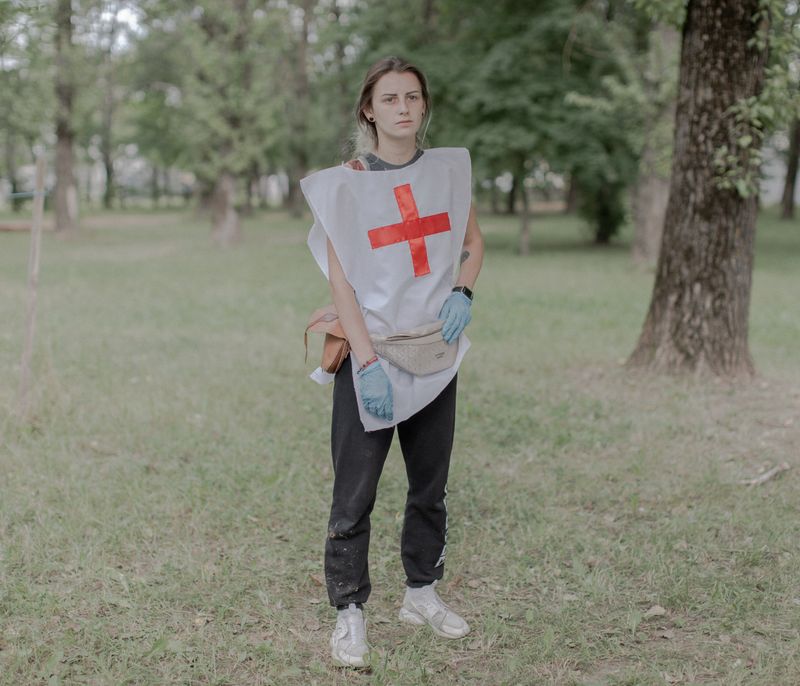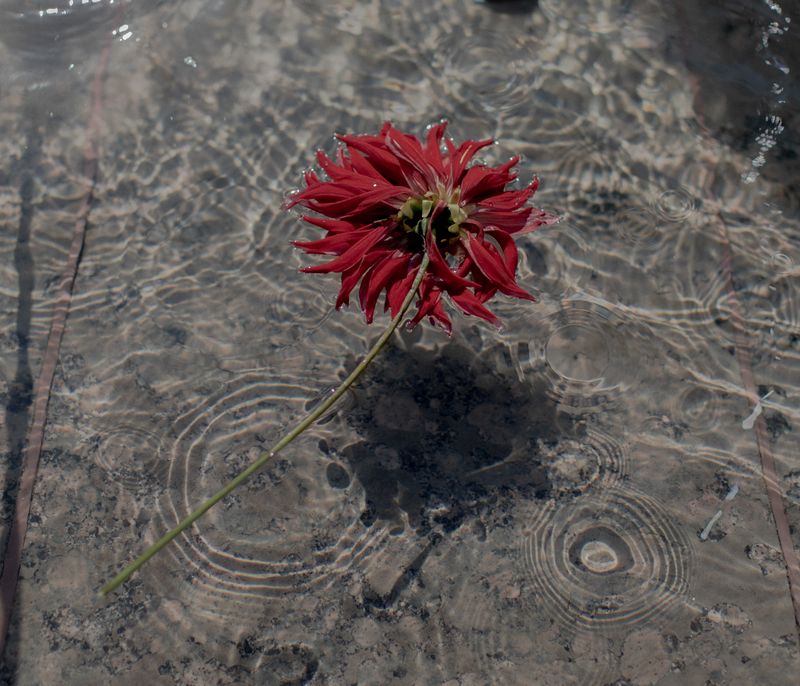The Scars
-
Dates2020 - Ongoing
-
Author
- Topics Portrait, Documentary, War & Conflicts
- Locations Minsk, Belarus
“The Scars” is a record of what is now known as the largest anti-government unrest in the history of Belarus. Massive protests started in August 2020 and left deep traces on Belarusian society.
“The Scars” is a record of what is now known as the largest anti-government unrest in the history of Belarus. Massive protests started in August 2020 and left deep traces on Belarusian society. President Alexander Lukashenko, who has been in office for the last 26 years and his state apparatus, responded with extreme brutality to the Belarusian resistance. The protests against Lukashenka's regime became violent on the night of August 9-10, 2020. It was then that the preliminary election results were announced, which stated that Lukashenko had won the election with a huge majority of votes. The scars left from these events, which are also the subject of this story, vary in sizes and shapes. There are physical scars - bruises, abrasions, fractures. But there are also psychological scars - traumas. What is now happening in Belarus will also leave deep scars in the social fabric - this division into two Belarusian states is already emerging. The protagonists of these photos are protesters beaten by the regime, families whose relatives have been tortured by the security services or citizens who oppose violence and want freedom. But also teenage soldiers dragged into the middle of a conflict that was never their aim.
